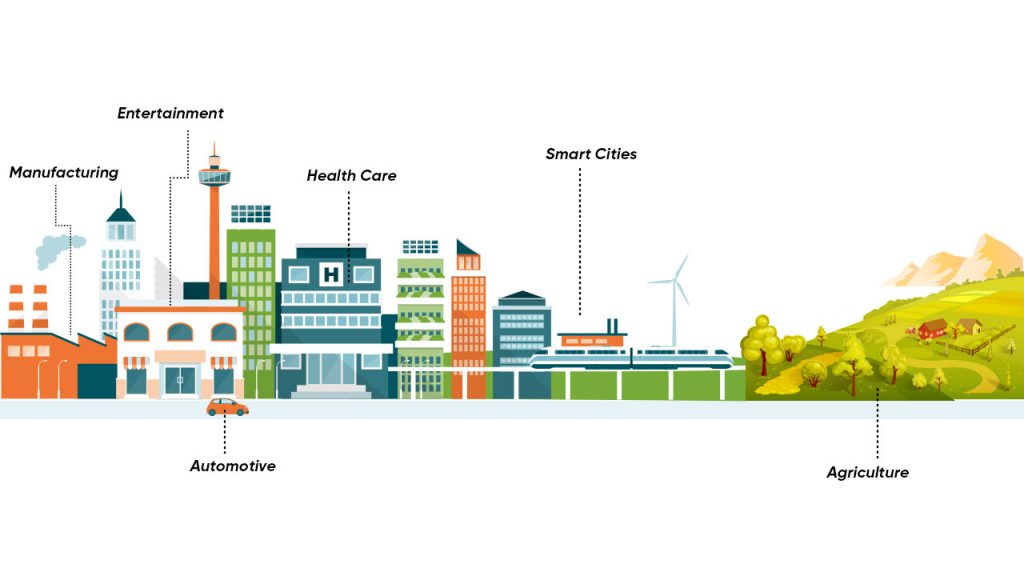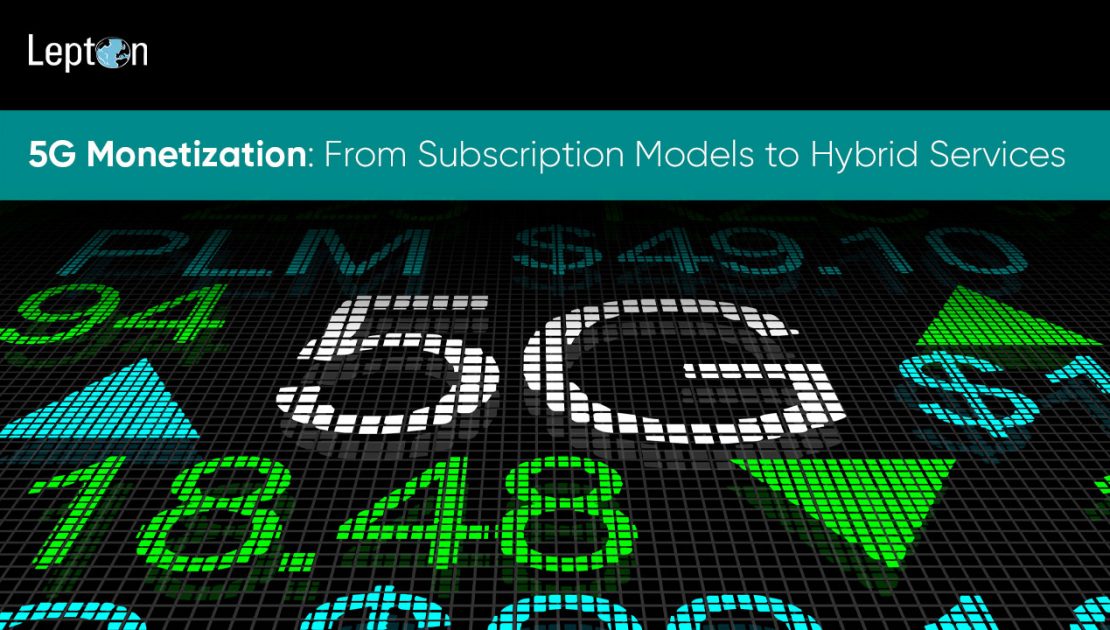Telecom service providers–unlike other sectors such as airlines and hotels–typically seek to wrap their services with as many subscribers as possible without leaving any room.
For others, these rooms may result in lost opportunities but are often an unavoidable part of the overall yield management– a price optimization strategy–which telecoms have been unable to pursue during the 3G and 4G eras.
5G has been the talk of the telecom town for quite some time now. Having splashed out billions of dollars on 5G deployment during 2022, telecom leaders are now identifying the best practices to maximize returns on their investment in 2023.
The unwavering promise of 5G
5G promises quick data transfers and more bandwidth, low latency, and reliability. This will open up enormous opportunities for telecom ecosystems to embrace digital transformation. It allows users to be well-connected, indoors or outdoors, without limitations.
5G will enable industries across the globe to leverage Augmented Reality (AR), virtual reality (VR), and extended reality (XR) to create highly immersive experiences for users.
What is 5G Monetization?
The capabilities offered by 5G create new pathways for telecom service providers into both traditional and contemporary markets. 5G monetization refers to how companies and organizations can generate revenue from their investments in 5G technology.
Companies can take multiple approaches to monetize their 5G networks, like charging customers for data usage, offering new services that are only possible with 5G technology, and partnering with other companies to provide joint 5G-based products or services.
Every telecom leader is asking no longer what 5G can do but how to monetize 5G. What strategies can they follow for new business models? Will they fill in the gaps of missed chances from 4G implementation?
Netflix, Amazon Prime, YouTube Premium, SoundCloud, iMusic, and more. What do these services have in common? They will benefit immensely from the 5G invasion, except for a monthly subscription.
Users are already willing to pay a subscription for some of these services. However, for all these services to function well, 5G will be the bedrock.
Therefore, it is okay for telecoms to think about multiple ways for 5G monetization in 2023 and choose the best one that fits their needs. For this, telco leaders need to work on understanding their customers better and decoding their expectations from 5G so that they can bundle the services accordingly.

Let’s look at some of these ways in detail.
Offering #1 5G as Internet Service and Private Networks
One of telcos’ very first 5G monetization strategies for 2023 can be high-speed broadband Internet or Fixed Wireless Access (FWA).
Telecoms here can deliver bullet-speed broadband and private networks in geographies where classical infrastructure is not economically viable.
As 5G networks offer faster speeds and lower latency than their predecessors, many people will be willing to pay a premium for improved performance.
Additionally, the increased capacity of 5G networks means that customers can use more data without experiencing slowdowns or other issues. As a result, companies can charge higher prices for data usage on 5G networks and still provide a better experience for their customers.
These two applications open a new sphere of 5G potential, and revenue opportunities for telecoms, especially in suburban and rural areas.
Offering #2 Selling 5G-enabled experiences
By focusing on how to enhance the ultimate customer experience rather than monetizing connectivity or bandwidth alone, telecoms can tap into newer revenue streams.
5G networks can support augmented and virtual reality (AR and VR), which opens up new possibilities for entertainment, gaming, education, and other highly coveted applications by their niche segments. Telecom service providers can develop these types of services and charge customers for access, leveraging the capabilities of 5G to create new revenue streams.
As new and robust 5G-reliant use cases and solutions surface, the potential to monetize 5G from these niche segments will grow.
As per McKinsey, customers are willing to pay for the following experiential services powered by 5G.
- Low-latency multi-player gaming supported by AR and high degrees of in-game interaction using audio and text.
- Immersive entertainment experiences include watching sports with 360-degree views, visiting museums virtually, exploring cities, attending concerts, and more.
- Fixed Wireless Access (FWA) hybrid plan combines fiber connectivity and 5G potential to offer high network stability and bullet-speed broadband.
Offering #3 Using collaboration to deliver 5G-based packages
Companies can also monetize their 5G networks by partnering with other companies to offer joint 5G-based products or services.
For example, a telecom company with a 5G network could partner with a gaming company to offer 5G-powered gaming experiences or with a healthcare company to provide telemedicine services that take advantage of the low latency and high-speed capabilities of 5G.
This way, telecoms can expand their range of services and generate additional revenue from their 5G networks.
Also, more often than not, content providers have strong brands and relationships, which ultimately makes them better positioned to unlock the value of 5G. Bundling 5G charges with the content partner’s fees can be more effective for enhancing 5G monetization than charging for 5G separately.
To Sum Up:
The promise of 5G has captured the attention of business leaders, policymakers, and the media. But how much of that promise is likely to prove fruitful in 2023? To address this dilemma, telecom service providers have started focusing on 5G monetization to identify the best business model that maximizes their returns from 5G investment.
In conclusion, there are many ways to monetize 5G networks, and the most appropriate strategy will depend on each company’s specific business model and target market. By exploring a range of monetization options, companies can identify the approaches that are most likely to generate revenue and drive growth in the 5G market.
If you have questions or want to discover more about fiber deployment, don’t hesitate to connect with us! Our team is always here to help and answer any queries you may have.
So, if you’re prepared to take the next step and unlock your full potential, connect with us today or learn more about our product

